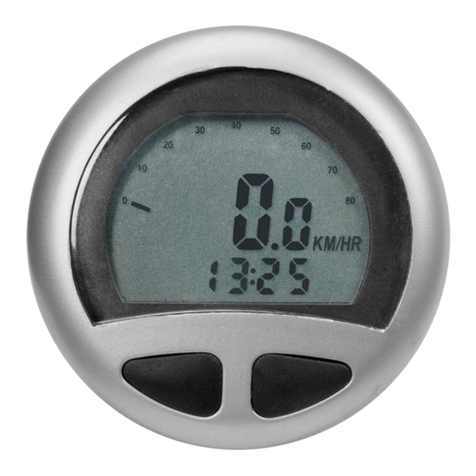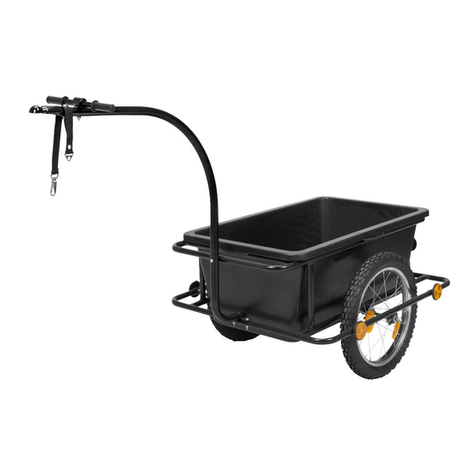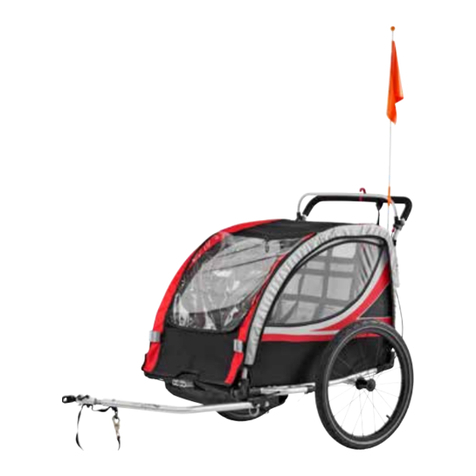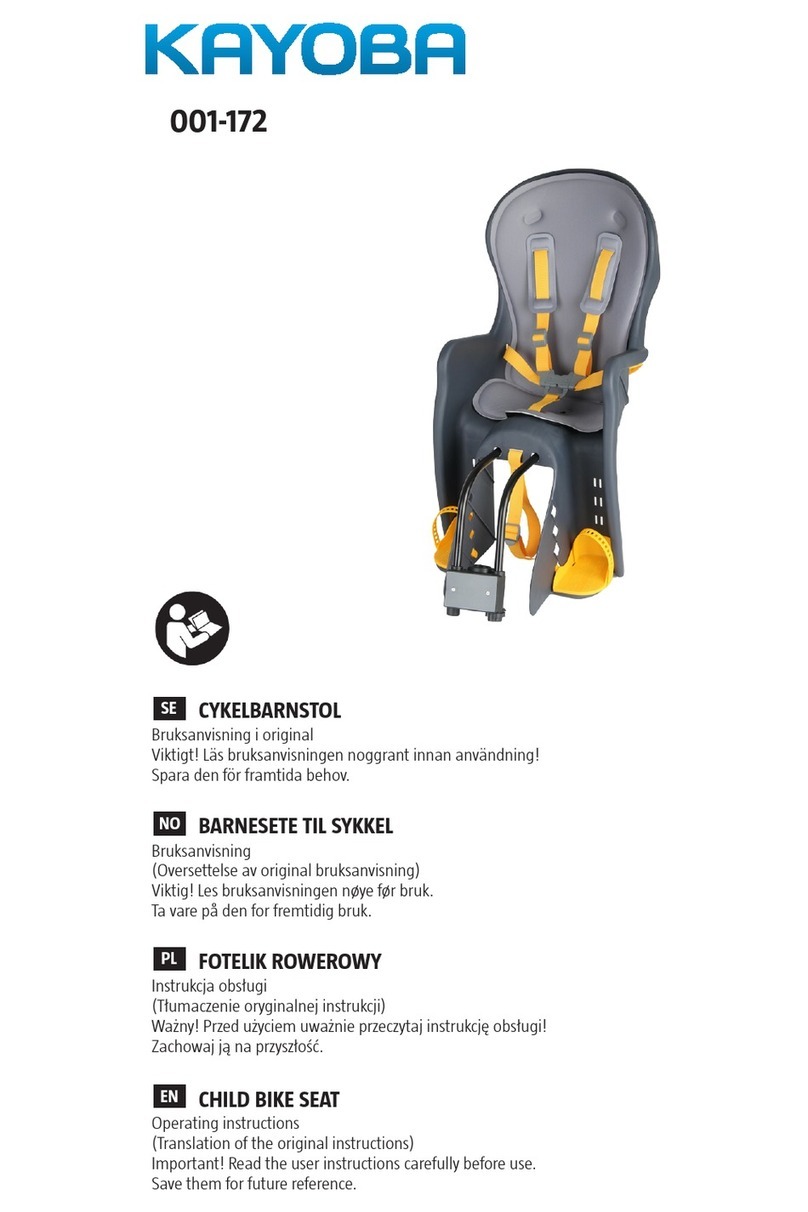
EN
9
RISK OF SERIOUS PERSONAL
INJURY
• Never leave children
unattended in the product.
• Check that the locks and
catches have engaged
before use.
• Keep children at a safe
distance when the product
is unfolded or folded up.
• Keep children under
supervision to make sure
they do not play with the
product.
• Always use the safety harness
when transporting children.
• The product is not suitable
for children less than 12
months old.
• This product is not suitable
for jogging or skating.
RISK OF MATERIAL DAMAGE
• Do not put more than 2.2 kg
in the pocket on the product.
• Do not use the product if any
parts are damaged or
deformed. Only use original
spare parts.
SAFETY INSTRUCTIONS
• The product is intended for
transporting children from
one to ve years old.
• The product is only intended
for household use and is not
suitable for commercial
purposes.
• The product must only be
used for its intended purpose
and in accordance with these
instructions. All other use is
to be considered as incorrect
and can result in the risk of
personal injury and/or
material damage.
• The product is not a toy.
RISK OF SUFFOCATION!
Do not allow children to play
with the packaging material –
risk of suocation:
• Keep small parts out of the
reach of children.
• Keep the packaging material
out of the reach of children.
• Do not leave the product
unattended during its
assembly.































